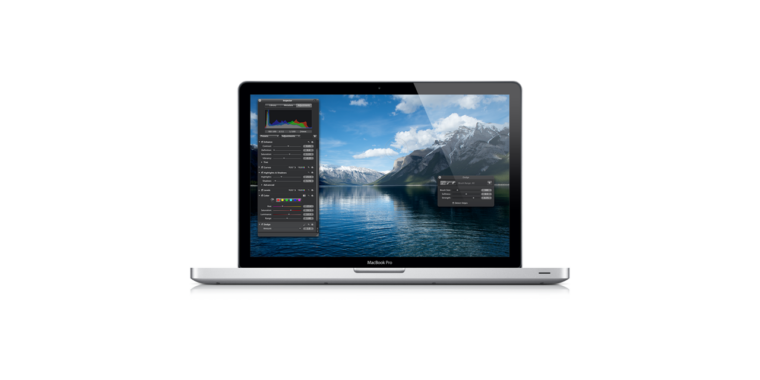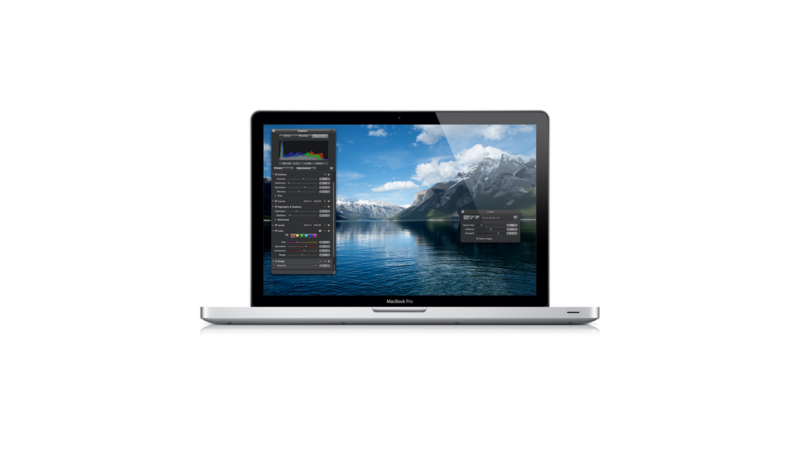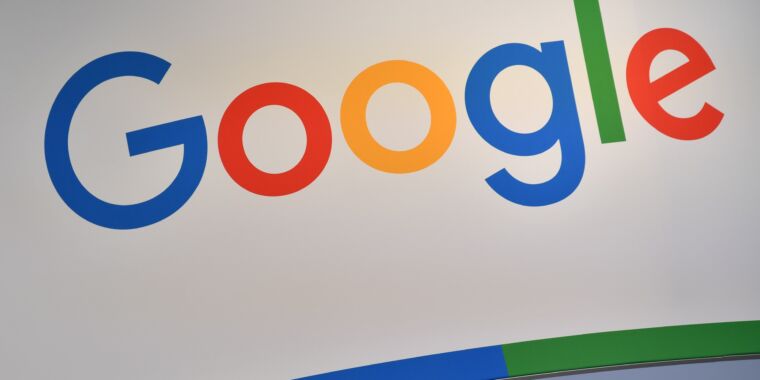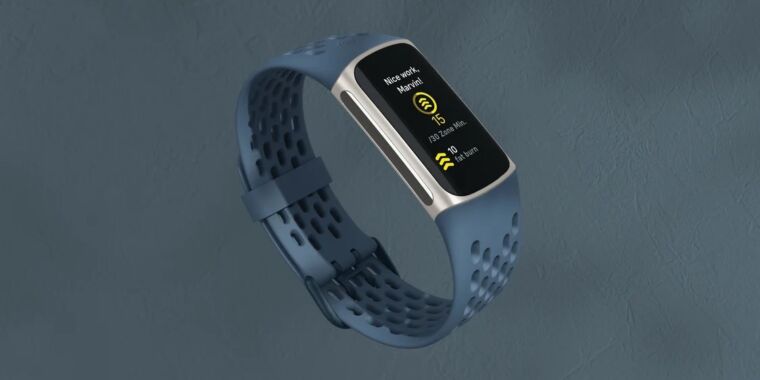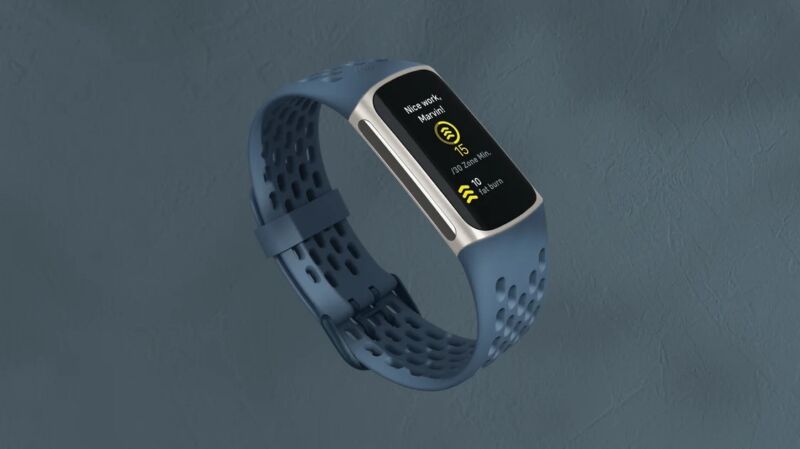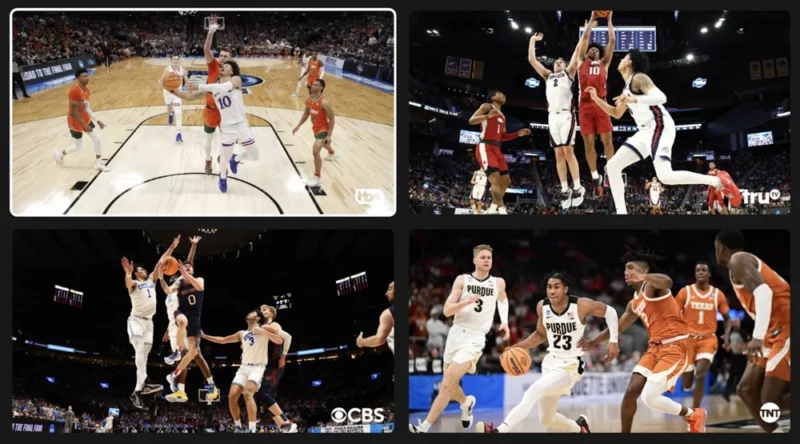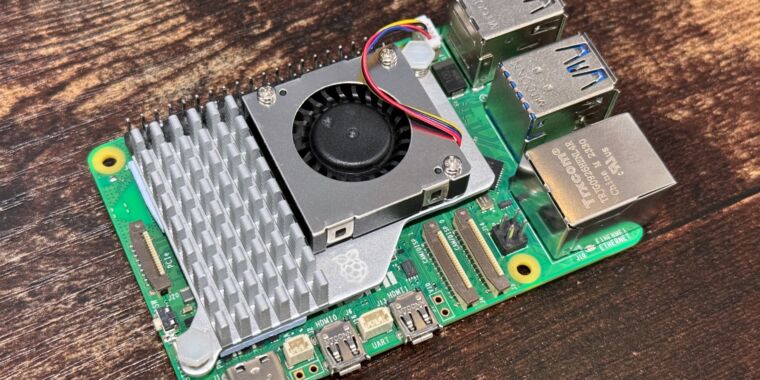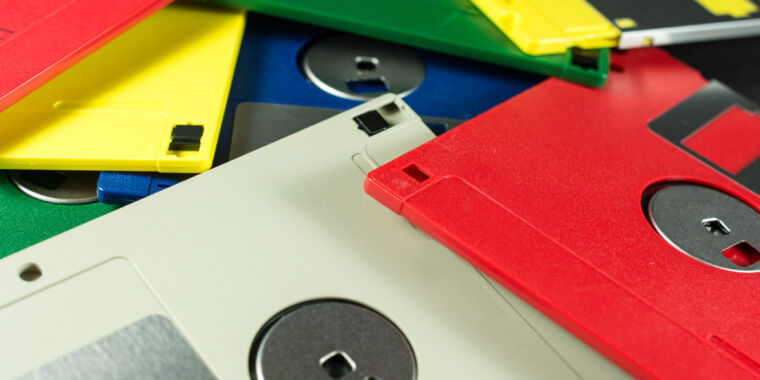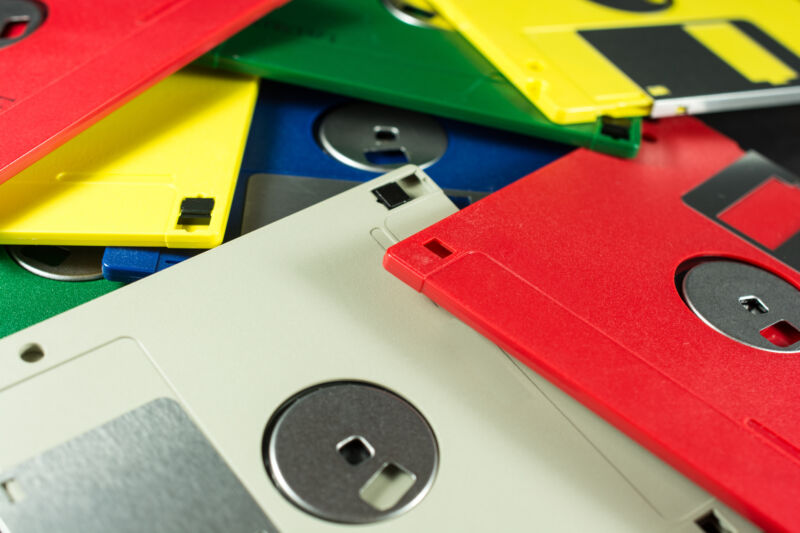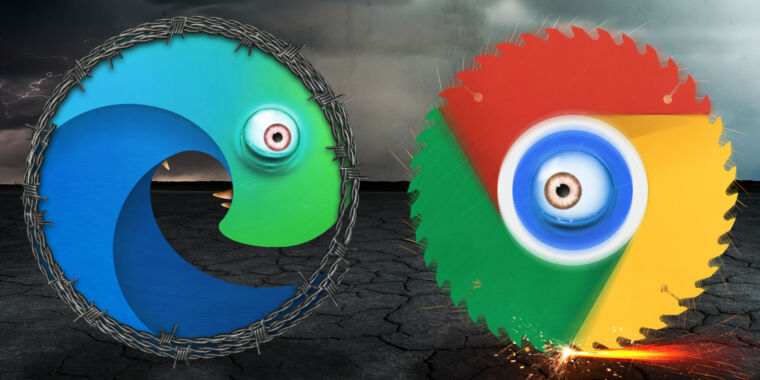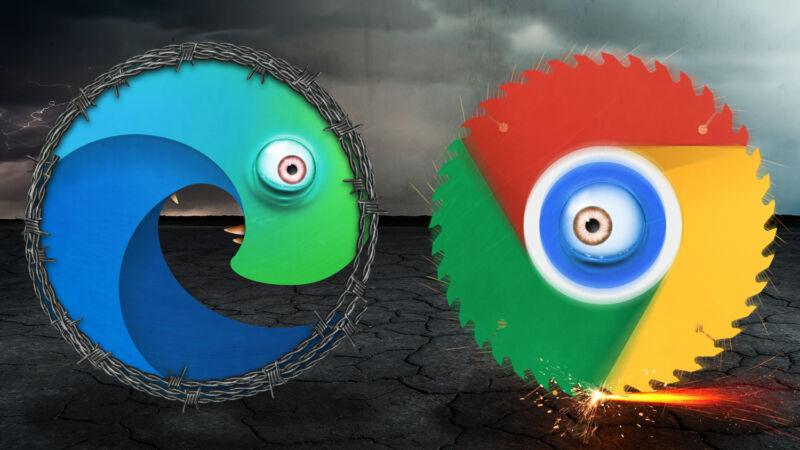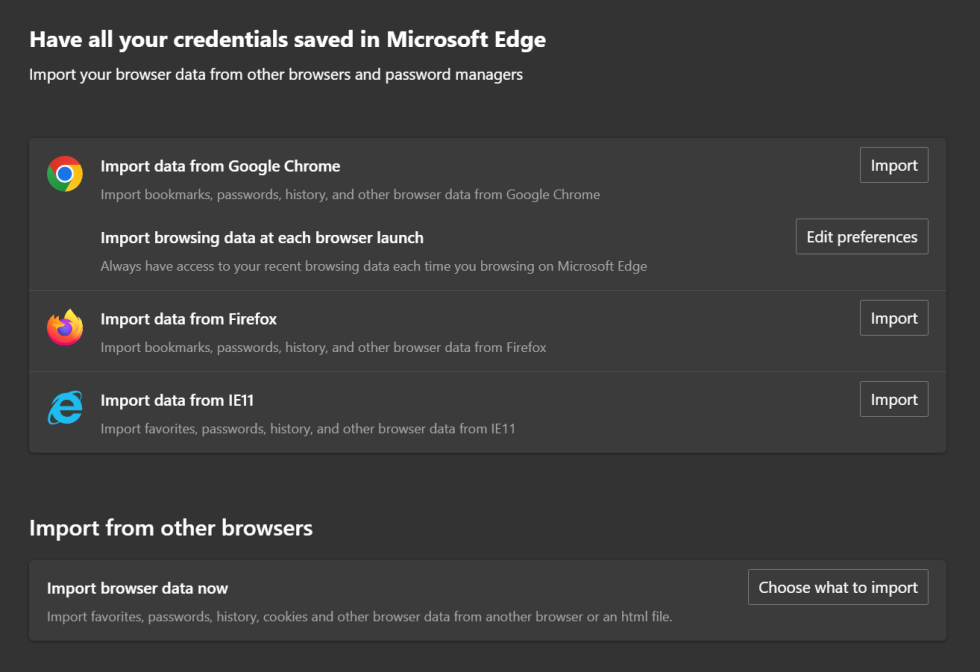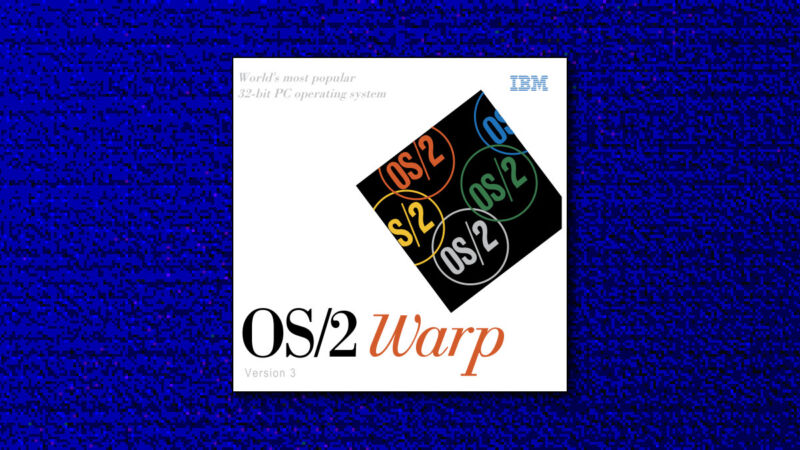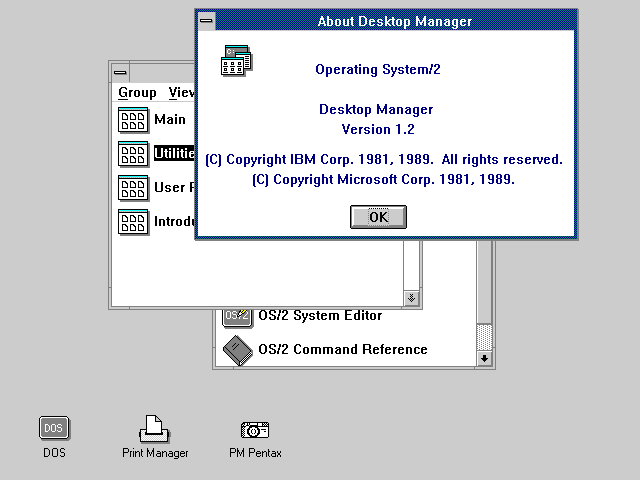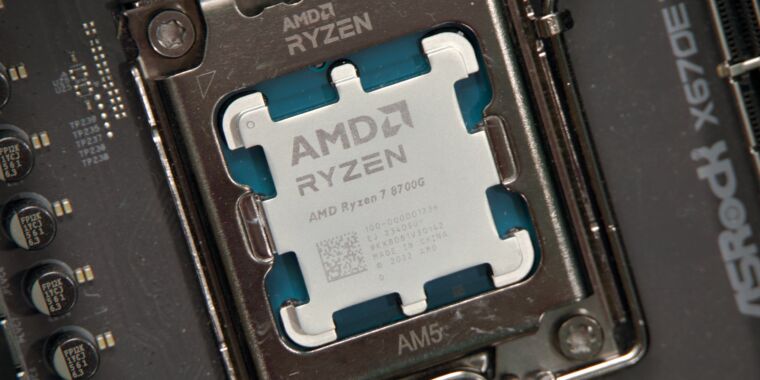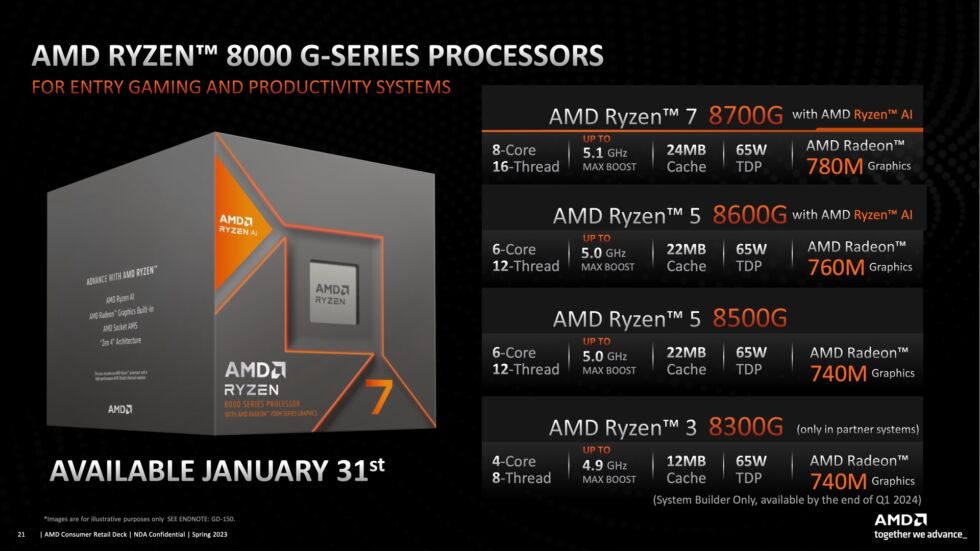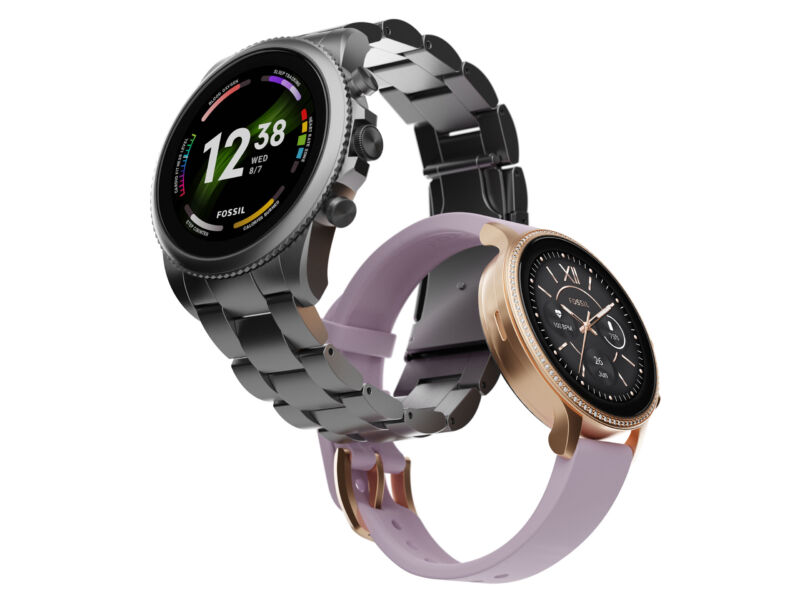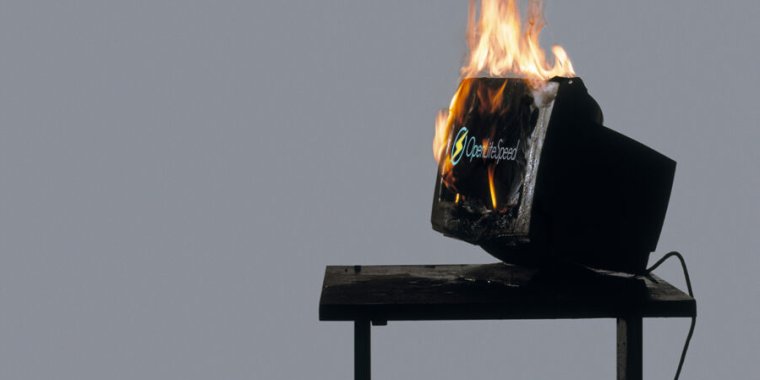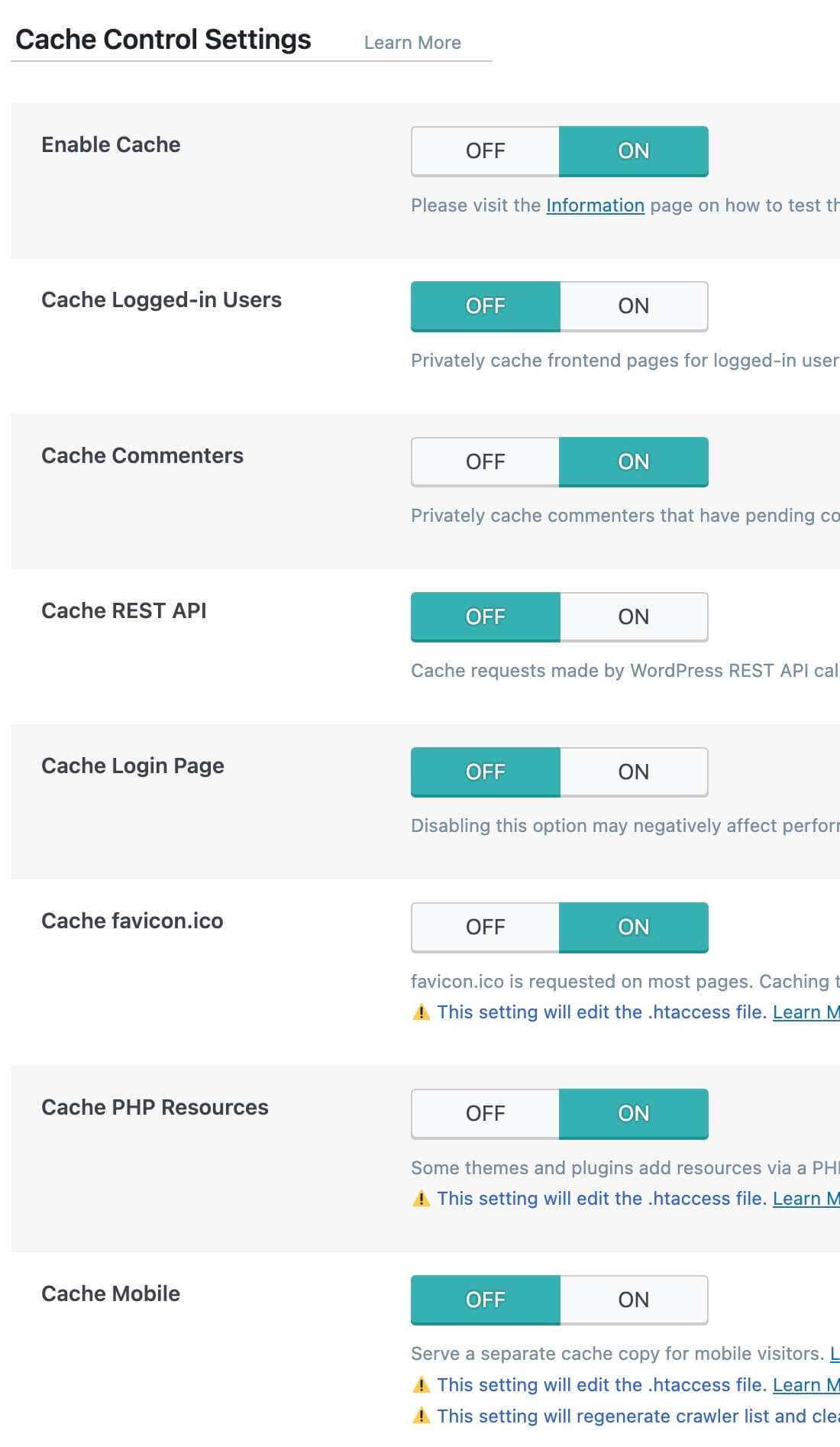Hulu, Disney+ password crackdown kills account sharing on March 14
profit push —
New subscribers are already banned from sharing logins outside their household.
Hulu and Disney+ subscribers have until March 14 to stop sharing their login information with people outside of their household. Disney-owned streaming services are the next to adopt the password-crackdown strategy that has helped Netflix add millions of subscribers.
An email sent from “The Hulu Team” to subscribers yesterday and viewed by Ars Technica tells customers that Hulu is “adding limitations on sharing your account outside of your household.”
Hulu’s subscriber agreement, updated on January 25, now states that users “may not share your subscription outside of your household,” with household being defined as the “collection of devices associated with your primary personal residence that are used by the individuals who reside therein.”
The updated terms also note that Hulu might scrutinize user accounts to ensure that the accounts aren’t being used on devices located outside of the subscriber’s residence:
We may, in our sole discretion, analyze the use of your account to determine compliance with this Agreement. If we determine, in our sole discretion, that you have violated this Agreement, we may limit or terminate access to the Service and/or take any other steps as permitted by this Agreement (including those set forth in Section 6 of this Agreement).
Section 6 of Hulu’s subscriber agreement says Hulu can “restrict, suspend, or terminate” access without notice.
Hulu didn’t respond to a request for comment on how exactly it will “analyze the use” of accounts. But Netflix, which started its password crackdown in March 2022 and brought it to the US in May 2023, says it uses “information such as IP addresses, device IDs, and account activity to determine whether a device signed in to your account is part of your Netflix Household” and doesn’t collect GPS data from devices.
According to the email sent to Hulu subscribers, the policy will apply immediately to people subscribing to Hulu from now on.
The updated language in Hulu’s subscriber agreement matches what’s written in the Disney+/ESPN+ subscriber agreement, which was also updated on January 25. Disney+’s password crackdown first started in November in Canada.
A Disney spokesperson confirmed to Ars Technica that Disney+ subscribers have until March 14 to comply. The rep also said that notifications were sent to Disney+’s US subscribers yesterday; although, it’s possible that some subscribers didn’t receive an email alert, as is the case with a subscriber in my household.
The representative didn’t respond to a question asking how Disney+ will “analyze” user accounts to identify account sharing.
Push for profits
Disney CEO Bob Iger first hinted at a Disney streaming-password crackdown in August during an earnings call. He highlighted a “significant” amount of password sharing among Disney-owned streaming services and said Disney had “the technical capability to monitor much of this.” The executive hopes a password crackdown will help drive subscribers and push profits to Netflix-like status. Disney is aiming to make its overall streaming services business profitable by the end of 2024.
In November, it was reported that Disney+ had lost $11 billion since launching in November 2019. The streaming service has sought to grow revenue by increasing prices and encouraging users to join its subscription tier with commercials, which is said to bring streaming services higher average revenue per user (ARPU) than non-ad plans.
Hulu, which Disney will soon own completely, has been profitable in the past, and in Disney’s most recent financial quarter, it had a higher monthly ARPU than Disney+. Yet, Hulu has far fewer subscribers than Disney+ (48.5 million versus 150.2 million). Cracking down on Hulu password sharing is an obvious way for Disney to try to squeeze more money from the more financially successful streaming service.
Such moves run the risk of driving away users. However, Hulu, like Netflix, may be able to win over longtime users who have gotten accustomed to having easy access to Hulu, even if they weren’t paying for it. Disney+, meanwhile, is a newer service, so a change in policy may not feel as jarring to some.
Netflix, which allowed account sharing for years, has seen success with its password crackdown, saying in November that the efforts helped it add 8.8 million subscribers. Unlike the Disney-owned streaming services, though, Netflix allows people to add extra members to their non-ad subscription (in the US, Netflix charges $7.99 per person per month).
As Disney embarks on an uphill climb to make streaming successful this year, you can expect it to continue following the leader while also trying to compete with it. Around the same time as the password-sharing ban takes full effect, Disney should also unveil a combined Hulu-Disney+ app, a rare attempt at improving a streaming service that doesn’t center on pulling additional monthly dollars from customers.
Hulu, Disney+ password crackdown kills account sharing on March 14 Read More »

